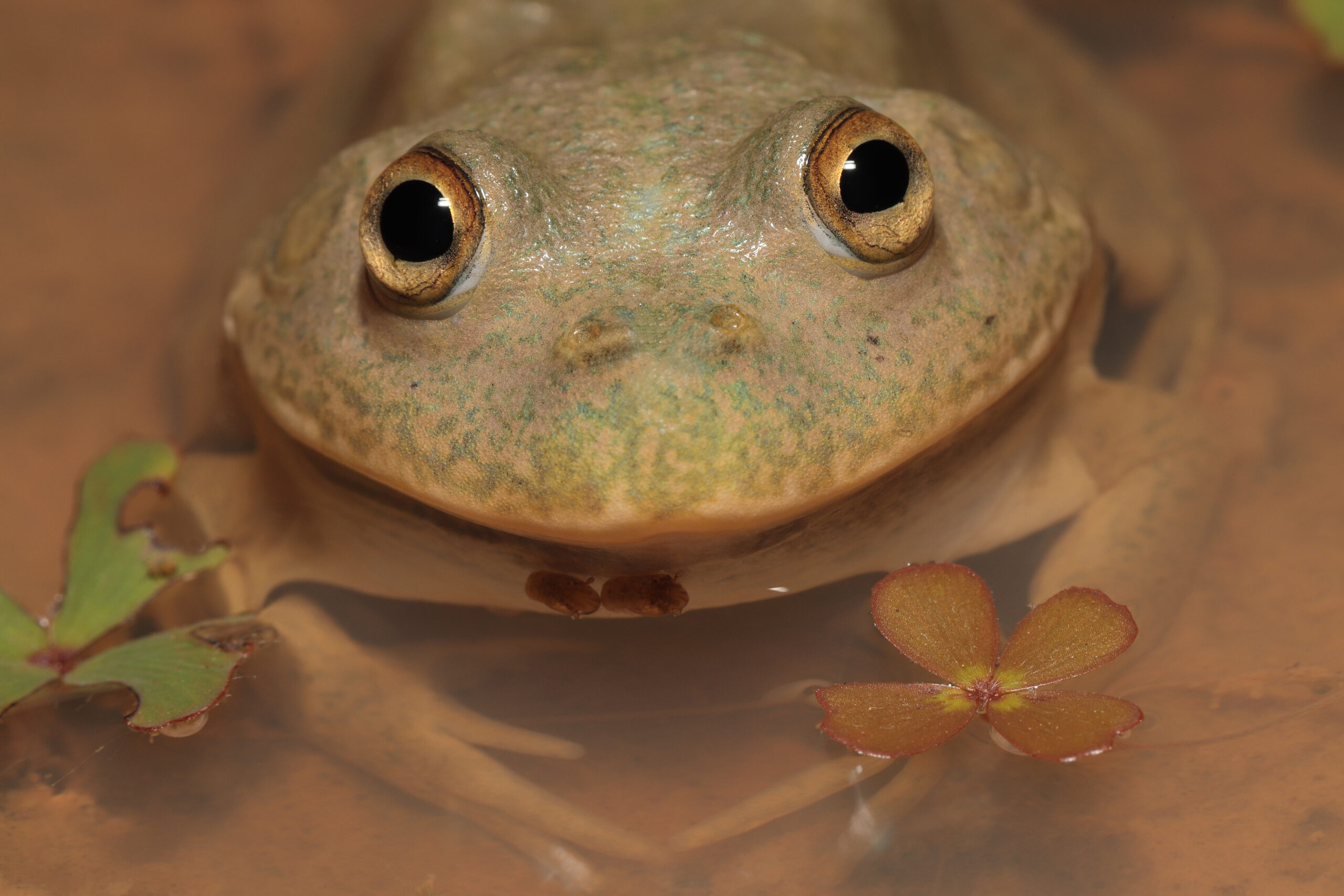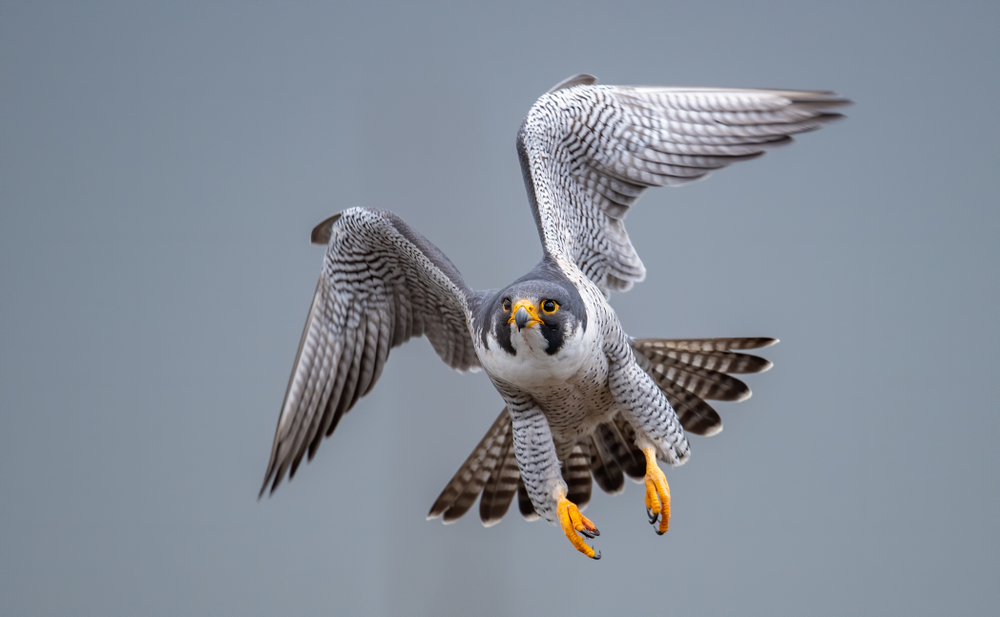| Common name | Daddy long-legs spider |
| Scientific name | Pholcus phalangioides |
| Type | Spider |
| Diet | Insects, other spiders, and other small invertebrate |
| Average lifespan | About three years |
| Size | The female’s body is 8mm long and the male’s is slightly smaller at 6mm (plus legs, which are about 5 times longer than the body) |
It was once widely thought that the venom of this spider is the most toxic of all spiders. But that, it’s now known, is certainly not true. That claim was likely to have merely been an urban myth based on no evidence other than perhaps observations of daddy long-legs killing other, extremely dangerous, spider species.
Although, it’s certainly possible for a person to receive a bite from a daddy long-legs, few have ever been reported. Having tiny fangs no longer than 0.25mm, it’s unlikely that if you were bitten by one that you’d even notice it barely penetrating your skin. And there’s no proof that the venom is particularly potent, even against insects – its main prey – let alone mammals, such as humans.
The reputation, however, of this species for hunting, attacking, and eating other spiders, including species that are potentially dangerous to humans, such as redbacks, is certainly well-deserved.
And that makes daddy long-legs particularly useful to have around the home. That, however, comes with a caveat. Yes, they’re a more environmentally friendly alternative to using pesticides as a way to keep venomous spider numbers down around your house. But this is an introduced species and, unfortunately, it’s usually native spider species that are most affected by its presence. Fortunately, it prefers to live in warm dark places, such as those in inside houses and other buildings, not outside in natural habitats.
The daddy long-legs is originally from subtropical Asia but, having accompanied humans in their global spread, the species is now found throughout the world in warm locations, including across Australia. In fact, it’s now one of Australia’s most common spider species.
The bodies of daddy long-legs spiders are almost translucent, meaning that if they’re viewed under a microscope you’ll see their blood moving through them.








